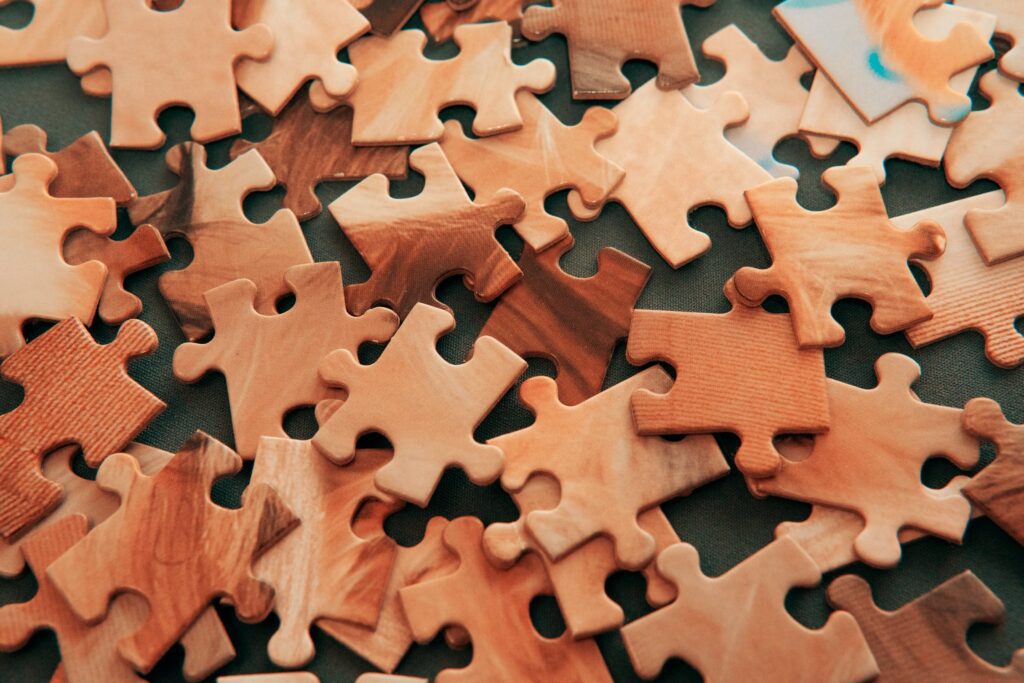Jigsaw puzzles were first created in the 18th century for educational purposes, but quickly became a popular leisure activity for adults. The production of jigsaw puzzles was revolutionized with the introduction of new technologies in the 1800s, including die-cutting machines and lithography. The golden age of jigsaw puzzles was in the early 1900s when they became a popular form of entertainment and advertising medium. Even during World War II, soldiers used jigsaw puzzles as a diversion. Today, with advancements in technology, jigsaw puzzles can be even more intricate and challenging, making them accessible to people of all ages and skill levels.
The Fascinating History of Jigsaw Puzzle Games
Introduction
Jigsaw puzzle games have been around for a long time. They have been enjoyed by people of all ages and have become a popular pastime across the world. They are not only great for keeping the mind engaged but also for developing problem-solving skills, hand-eye coordination, and other cognitive abilities. In this article, we will take a trip down memory lane and explore the fascinating history of jigsaw puzzle games.
Early Origins
Jigsaw puzzles trace their roots back to the 18th century. They were first created as educational tools for children in Europe. Teachers used them to teach geography, history, and other subjects. These early puzzles were made out of wood and were handcrafted. They were called “dissected maps” or “cut-out maps” because they were cut into pieces that fitted together like a puzzle.
Evolution of Jigsaw Puzzles in the 19th Century
In the 19th century, jigsaw puzzles gained popularity as a leisure activity for adults. John Spilsbury, a cartographer from London, is credited with creating the first jigsaw puzzle as a fun and educational activity for his geography students. He glued a map onto a flat piece of wood and cut it into small pieces using a saw. The popularity of these puzzles grew, and soon other puzzle makers started creating puzzles with different designs.
The production of jigsaw puzzles increased in the 1800s with the introduction of new technologies. Die-cutting machines were invented to make the puzzles easier to produce, and lithography was used to print colorful images on them. These advancements also helped to reduce the cost of production, making the puzzles more affordable to a wider audience.
The Golden Age of Jigsaw Puzzles – 1900s
The early 1900s saw the golden age of jigsaw puzzles. They had become a popular form of entertainment, and puzzle makers were creating puzzles with a wide range of designs. Puzzles depicting scenes from nature, famous landmarks, and works of art were all popular. Puzzle makers also started creating puzzles with irregular-shaped pieces, adding an extra challenge to the puzzle solving experience.
During this time, jigsaw puzzles also became a popular advertising medium. Companies would print their advertisements on the puzzles, making them a unique and effective way to promote their products.
Jigsaw Puzzles During World War II
Jigsaw puzzles remained popular even during World War II. They were used as a diversion by soldiers that were stationed in barracks or hospitals. The puzzles provided a way to pass the time and helped to keep their minds occupied.
Jigsaw Puzzles in the Modern Era
In the modern era, jigsaw puzzles have undergone significant changes. With the advent of technology, puzzles can now be created on computers and printed using high-quality printing technology. Puzzle makers are now able to create puzzles with even more intricate designs that challenge even the most experienced puzzle solvers.
Today, jigsaw puzzles come in many different sizes and piece counts, making them accessible to people of all ages and skill levels. They are still widely regarded as an effective tool for developing cognitive abilities and keeping the mind sharp.
Conclusion
Jigsaw puzzles have come a long way since their humble beginnings as a simple educational tool. They have evolved into a popular form of entertainment that people of all ages can enjoy. Although they have undergone significant changes, jigsaw puzzles remain a fun and effective tool for keeping the mind sharp, improving cognitive abilities, and providing a relaxing way to escape the stresses of everyday life.
